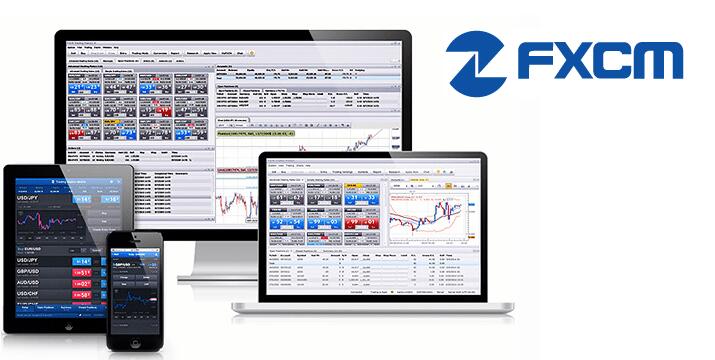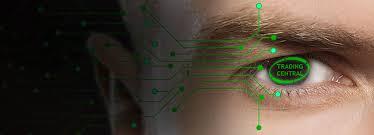
The head and shoulders chart pattern can be explained as a technical analysis chart pattern that is used to indicate potential reversals in a market. It can potentially be a useful tool for traders, as it could be used to identify potential reversals in the market. It is possible that even if the head and shoulders chart pattern follows through, it might still fail, and the trend reversal isn’t guaranteed. The price might not follow through with the change in the trend, and sometimes the original trend could still resume.
Why is it called head and shoulders?
The shampoo is specifically an anti-dandruff shampoo. Its name is a reference to the fact that if dandruff is really bad, dandruff flakes (bits of dead skin from the scalp) can fall off one's head and show up on one's shoulders.
When it occurs, the analyzed security is more likely to move against the previous uptrend. For instance, a head and shoulders in gold, would mean that the top in gold is likely in. Additionally, the head and shoulders pattern is a useful technical analysis tool for measuring and evaluating the minimum probable extent of the subsequent move of the price from the neckline. It also allows indicating a reversal in a trend where the market makes a shift from bullish to bearish or vice-versa. This pattern is considered to be one of the more reliable patterns that predict a trend reversal.
How Do You Trade a Head and Shoulders Pattern?
The inverse head and shoulders pattern, also known as a reverse head and shoulders, follows the same structure but is flipped. Instead of a bullish-to-bearish trend, it indicates a bearish-to-bullish direction where a downward trend is about to reverse as higher lows form. A Head and Shoulders reversal pattern forms after an uptrend, and its completion marks a trend reversal. The pattern contains three successive peaks, with the middle peak (head) being the highest and the two outside peaks (shoulders) being low and roughly equal.
The first peak is the left shoulder, and it develops as investors lose interest in the asset starting to offload long positions. The last peak is the right shoulder and that’s generally when late buyers can’t lift the price too much resulting in a lower peak than the head. Although every pattern is nothing more than an indicator and the subjective interpretation of an individual’s perspective for conjecture.
How To Trade Using the Head & Shoulders Pattern
A quest as enticing as the Siren’s song, but fear not, for this tale is not as perilous as those charted by unfortunate souls who dared short GameStop. Pull out your noble steeds (or, in this case, your trading platforms), and let’s gallop into… The complex head and shoulders variation isn’t as straightforward as its pure or inverse forms, as it includes other aspects. Instead of one shoulder on each side of the head, double shoulders form either side. An example of an inverted head and shoulders pattern can be seen in the UKBRENT price chart.
- Another very useful feature of this formation is that it allows us to calculate a target price for the decline.
- Because every situation is different, these support levels will vary.
- Now let’s go back to our GBPJPY head and shoulders pattern example to see where it was confirmed.
- The financial market is a hectic place, sometimes chaotic and illogical.
- However, the head pattern will not form unless the upward pressure in price is followed by downward pressure in price.
But despite the bullish rally, buyers are unable to make a substantially higher low. As a general rule, the longer the uptrend lasts, the more substantial the reversal is likely to be. However, we need both shoulders and the head of the pattern before we can identify the neckline.
Identifying Head-and-Shoulders Patterns in Stock Charts
The head and shoulders pattern is used to gauge when the current trend of an asset could be about to reverse direction. The pattern can also be used to forecast a potential price target and is often used in combination with other technical indicators to confirm a reversal. The head and shoulders chart pattern is a reversal pattern and most often seen in uptrends.

When breakouts occur on higher volumes, that is an indication of greater conviction on the part of investors, and that it is even more likely that prices will move in that direction. The neckline is a line that connects the first and second troughs and it reflects either a level of resistance or support. The neckline doesn’t have to be horizontal but can have a slight angle either upward or downward. The neckline is important to traders in determining their entry points, stop orders, and price targets. A bullish head and shoulders pattern is an inverse head and shoulders. A bullish formation appears in a downtrend and signals a bearish-to-bullish trend reversal.
How to Trade the Head and Shoulders Pattern
With an inverse head and shoulders pattern, stops are usually placed below the low price formed by the head pattern. One of the main advantages is that you won’t be competing with many aggressive buyers since sellers already enter the market when prices drop from the head. If you enter at the wrong point, such as the final wave or during the rally, you could end up with huge losses.
July Soybean Oil on a Run to Challenge Long-Term Trendline – DTN The Progressive Farmer
July Soybean Oil on a Run to Challenge Long-Term Trendline.
Posted: Mon, 12 Jun 2023 13:44:00 GMT [source]
Traditionally, you would trade the inverse head and shoulders by entering a long position when the price moves above the neckline. You would also place a stop-loss order (trade stop at a set point) below the right shoulder’s low point. Traders should always use a stop loss when trading a head and shoulders pattern because there is a chance that the breakdown fails. Consider placing a stop loss just above the neckline at the breakdown point, leaving enough room for the neckline to be retested as a resistance line after the breakdown. There are two things to keep in mind when looking for a head and shoulders pattern.
Price chart of AUDJPY in real time mode
Besides his extensive derivative trading expertise, Adam is an expert in economics and behavioral finance. Adam received his master’s in economics from The New School for Social Research and his Ph.D. from the University of Wisconsin-Madison in sociology. He is a CFA charterholder as well as holding FINRA https://forexhero.info/why-interactive-brokers-is-a-brokerage-firm-you-can-rely-on/ Series 7, 55 & 63 licenses. He currently researches and teaches economic sociology and the social studies of finance at the Hebrew University in Jerusalem. The Charles Schwab Corporation provides a full range of brokerage, banking and financial advisory services through its operating subsidiaries.
Is a head and shoulders bottom bullish?
A Head and Shoulders Bottom is considered a bullish signal. It indicates a possible reversal of the current downtrend into a new uptrend. The Head and Shoulders bottom is a popular pattern with investors. This pattern marks a reversal of a downward trend in a financial instrument's price.
However, there are trade management techniques where you can lock in some of your profits and still keep your trade open in case the price continues to move your way. We can also calculate a target by measuring the high point of the head to the neckline. Typically, when the slope is down, it produces a more reliable signal. According to my wave count, BTCUSDT is finishing an 5th wave expanded in an ending diagonal to complete wave 5 of the actual bearish impulsive wave of this cyclical bear market. The financial market is a hectic place, sometimes chaotic and illogical. By using some of the same risk-management tools that are part of your regular trading plan.
Is head and shoulder good or bad?
Head and Shoulders products effectively help manage dandruff and improve scalp health. They aren't considered bad for your hair. There are two main Head and Shoulders active ingredients to be aware of. Pyrithione zinc is found in the Everyday product line, and selenium sulfide is found in the Clinical Strength line.
